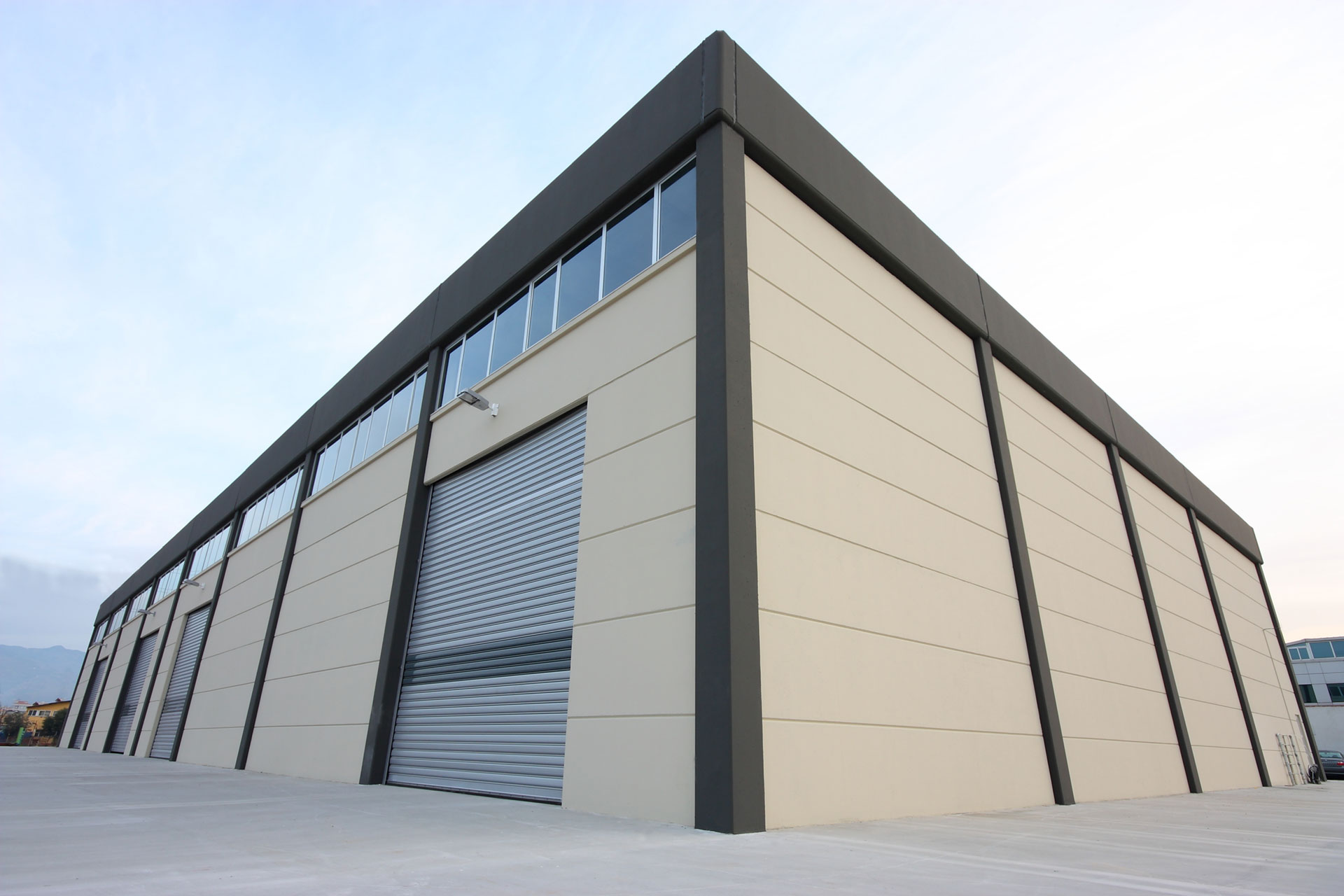Find out how different options can impact the overall cladding costs of exterior commercial construction projects.
Introduction: Evaluating Cladding Costs in Commercial Construction
When planning a commercial construction project, selecting the right cladding material is critical not only for the building’s aesthetics and durability but also for managing costs effectively. This guide provides a comprehensive analysis of the initial costs, ongoing maintenance expenses, and potential long-term savings associated with various cladding options.

Initial Costs of Popular Cladding Materials
Aluminum Composite Panels (ACM)
Upfront Cost: Moderate to high initial investment depending on finish and specifications.
Installation: Relatively straightforward, reducing labor costs.
Brick Veneer
Upfront Cost: High, due to the cost of materials and skilled labor required for installation.
Installation: Labor-intensive, often leading to higher initial costs.
Vinyl Siding
Upfront Cost: Generally low, making it a cost-effective option for tight budgets.
Installation: Easy and quick installation can further reduce initial costs.
Fibre Cement Siding
Upfront Cost: Moderate, balancing cost with durability and aesthetic appeal.
Installation: Requires specialized skills for installation, potentially increasing labor costs.
Stone Cladding
Upfront Cost: High, as natural stone is expensive and heavy, increasing transportation and handling costs.
Installation: Labor-intensive and requires specialized skills.
Maintenance Expenses and Long-Term Savings
Durability and Lifespan: Materials like stone and brick offer longer lifespans with less frequent need for repairs or replacements. ACM and vinyl, while less durable in harsh conditions, require minimal routine maintenance.
Repair and Replacement Costs: Cost-effective materials like vinyl may incur higher long-term costs due to the need for more frequent replacements. Brick and stone, though initially more expensive, could be more economical over time due to their robustness.
Energy Efficiency: Insulated cladding options such as insulated metal panels or fiber cement can offer significant energy savings, reducing operational costs.
Choosing the Right Cladding for Cost Efficiency
- Assessing Needs: Consider the specific needs of the project, including climate, building use, and aesthetic goals.
- Long-Term Thinking: Evaluate the total lifecycle cost of the cladding, not just the initial expenditure.
- Expert Consultation: Engaging with a cladding expert can help make informed decisions that balance cost with performance.
Make an Informed Decision with SA Cladding
Choosing the right cladding material is a crucial decision that impacts both the initial and long-term costs of your commercial project. At SA Cladding, we provide expert guidance to help you select the most cost-effective and suitable cladding options for your specific needs. From detailed cost analyses to personalized recommendations, we ensure that your investment maximizes value and efficiency.
Contact SA Cladding today to explore how we can assist in reducing your project costs without compromising on quality or aesthetics.


